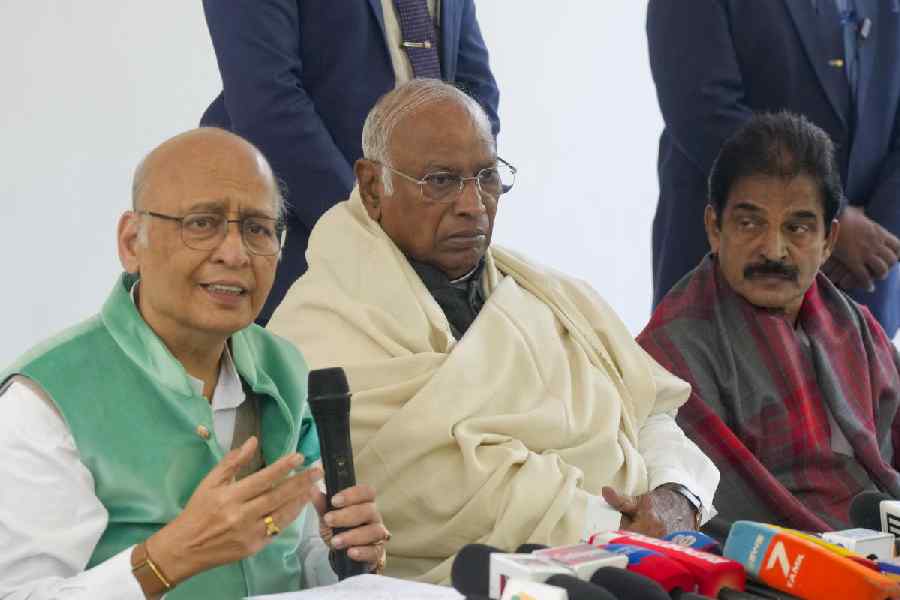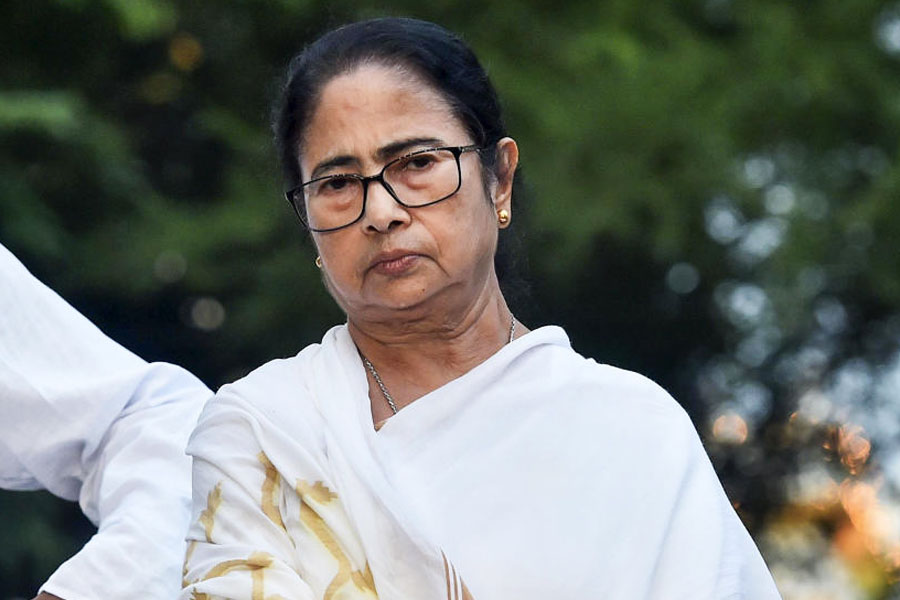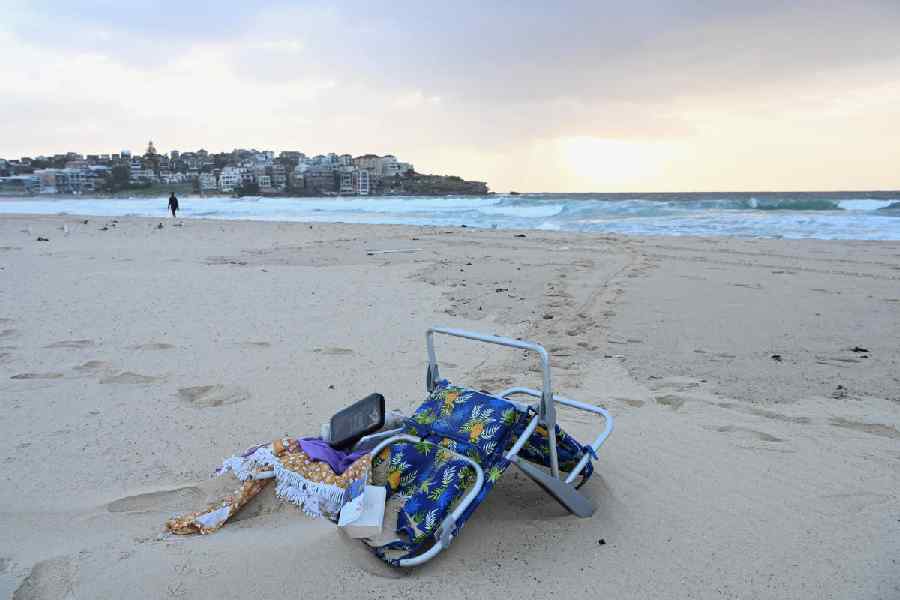 |
| FAIR ENOUGH: Films such as (clockwise from top) Saat Khoon Maaf, The Dirty Picture, No One Killed Jessica, Fashion and Aisha bank solely on their women protagonists |
Vidya Balan is on a roll. Two months ago, she went around town sporting what fashionistas call the retro look. Last month, she was spotted in Calcutta, boarding a crowded bus as a heavily pregnant woman. Now we hear she is busy with her new avatar — that of a Lavani artiste.
Balan is the new female hero of her films. And she is not the only one.
Till now known more for her glamorous prop roles, where she played second fiddle to her hero, Kareena Kapoor is the lead of director Madhur Bhandarkar’s ambitious new project, Heroine. The film, which depicts the story of a superstar’s trial and tribulations, will run solely on Kapoor’s star power.
Raveena Tandon and Karisma Kapoor are seeking to make a comeback with films being publicised as women-centric ones. Then there is Balan’s latest release Kahaani, a thriller where she essays the role of a pregnant woman in search of her missing husband.
“There is a new confidence in the marketability of female stars,” says film historian Anil Zankar. “Today it’s acceptable to have a woman as the central character of a film.”
The Khans and Kapoors have competition — not from the many heroes of Bollywood, but from the women. Actresses are calling the shots in films that are turning into superhits. Movies are being written with strong female protagonists. And if industry insiders are to be believed, some of the top heroines are soon going to give the male superstars a run for their money.
 |
 |
| WOW FACTOR: Ayesha Takia in Dor and (below) Vidya Balan in the recently released Kahaani |
“We have seen in the last few years a trend that seeks to explore different genres of storytelling,” says Siddharth Roy Kapur, CEO, UTV Motion Pictures, producers of No One Killed Jessica, Saat Khoon Maaf and the upcoming Heroine — films that bank on women. “Within that segment, women-centric films have become predominant,” he says.
The year 2011 was flooded with such projects. Priyanka Chopra’s Saat Khoon Maaf was based on Ruskin Bond’s short story Susanna’s Seven Husbands, where she essayed the role of a married woman who kills her seven husbands. The Rani Mukerji-Vidya Balan-starrer, No One Killed Jessica, was based on the Jessica Lall murder case. Then there were movies such as Sonam Kapoor’s Aisha, which was loosely adapted from Jane Austen’s novel Emma.
The film that threw the trend in sharp relief was, of course, The Dirty Picture, a biopic on southern siren Silk Smitha.
“These are all different kinds of stories with little common in the story lines,” says Pradeep Sarkar, director of the 2005 Balan-starrer Parineeta. “When I was making Parineeta, I never thought of it as a women-centric movie but I believe many think otherwise,” says Sarkar. The movie was a commercial hit and Balan emerged as a clear winner.
Of course, despite being a male-dominated industry, women-oriented films aren’t new in Bollywood. The past decade has seen films such as Zubeidaa, Lajja, Chandni Bar¸ Chameli, Dor and Fashion. “But these were few and far between,” argues film analyst Komal Nahata. “Now it is slowly emerging as a trend and is here to stay,” he adds.
There are many reasons for this emerging trend. According to film producer Pritish Nandy, the drift is reflective of trends in society. “Our society is getting gender neutral. So Bollywood is now creating more interesting, refined and meaningful roles for its actresses,” says Nandy.
His studio, Pritish Nandy Communications, produced the widely acclaimed 2004 Kareena-starrer Chameli. “Even my (2006) film Pyar ke Side Effects could be called women-centric as my female lead was central to the film,” adds Nandy.
While parallel cinema has often zeroed in on women, most films that revolved around a female protagonist in recent years were low budget projects. What’s interesting now is that mainstream Bollywood — where heroes are generally worshipped for their ability to make a film a hit — is now recognising a woman protagonist’s money-spinning skills.
“These films are commercially viable,” stresses Tanuj Garg, CEO, Balaji Motion Pictures, makers of The Dirty Picture.
Indeed, the figures back the claim. That there are no lead actors reduces the cost of the film by several notches. The Dirty Picture, made on a budget of Rs 25 crore, raked in Rs 125 crore at the box office, not counting the crores it earned through the sale of music rights and satellite rights. Last year’s sleeper hit No One Killed Jessica, produced under the controlled budget of Rs 20 crore, earned Rs 50 crore just from the box office.
“What has also worked in favour of these movies is their tight budget and efficient marketing, thereby increasing the profitability,” says Nahata.
Take Ragini MMS, a female-centric movie in the horror genre, for which its makers — Balaji Motion Pictures — spent only Rs 1.2 crore. It went on to rake in net revenues of Rs 13 crore at the domestic box office.
Industry watchers believe that the trade figures are reflective of the booming multiplex culture, which is more open to seeing women take a lead.
“The taste of the audience is broadening,” stresses Sujoy Ghosh, director of Kahaani. “If you have a good story, it will sell even if it has a female protagonist,” he says.
Ghosh, the director of films such as Jhankaar Beats and Aladin, adds that producers too are ready to experiment with new plots revolving around women. “The studios are ready to put money as they are assured that there is scope in this genre,” he adds.
In Kahaani, Balan is the selling point. After her widely acclaimed roles where she has played characters ranging from the mother of a boy with a disorder (Paa) to a woman wooed by two desperados (Ishqiya), Balan has emerged as the protagonist her films hinge on. “She has become a role model for her contemporaries. Now actresses have the confidence to take up such roles, thereby giving birth to a trend,” says Garg.
Gul Panag, known for her power-packed performance in the critically-acclaimed Nagesh Kukunoor film Dor, agrees that the industry has now started recognising female potential. “Filmmakers now know that women too have decision-making powers. So a film with a dominant female character can be a sellout,” she says.
Last year, Panag acted in the Prakash Jha-produced film Turning 30, where she portrayed the role of a young urban woman who grapples with a professional crisis and heartbreak. “This is a movie which a group of college girls or a working woman would want to watch,” she points out.
Not surprisingly, the industry is now beset not just with a new breed of actresses in search of powerful scripts but also with the older and established ones demanding equal pay. Since the start, heroes have been better paid than heroines. Now, though the top heroines still earn less than the highest-earning heroes — who earn between Rs 5 crore and Rs 15 crore — some of the actresses are getting heftier fees than many of the top actors.
The industry grapevine insists that Kareena Kapoor was paid Rs 8 crore — double her usual fee — for Heroine. Arjun Rampal, Kapoor’s co-star in the film , is known to charge Rs 2 to Rs 3 crore per film. It is said that the actress has even asked for a share of the profits of the movie, a trend till now identified with the top male actors of the industry.
Media reports say Balan has doubled her fee to Rs 7 crore. There is talk that in a new film, where she is paired opposite Farhan Akhtar, she will be paid more than the hero. Chopra, after the success of her solo project Fashion, is now paid close to Rs 5 crore.
But in Bollywood, where a trend doesn’t always turn into a movement, it has still to be seen if women will continue to rule the roost. “It’s hard to speculate,” admits historian Zankar. “These are still early days. But it is indeed a big step that studios are pumping money into marketing this genre,” says Kapur. “The next stage could be where actresses are paid on a par with actors. There should be no gender discrimination if they are able to deliver that kind of success,” he adds.
The big studio houses, known for their multi-film deals with actors, may explore similar options with actresses. “Everything would depend on what is commercially viable,” says Garg. “We may need some time for the market to mature.”
For the time being, though, women-centric films are keeping the cash registers ringing. There is a change in the air. The new she is not a he-man, but quite a she-woman.










